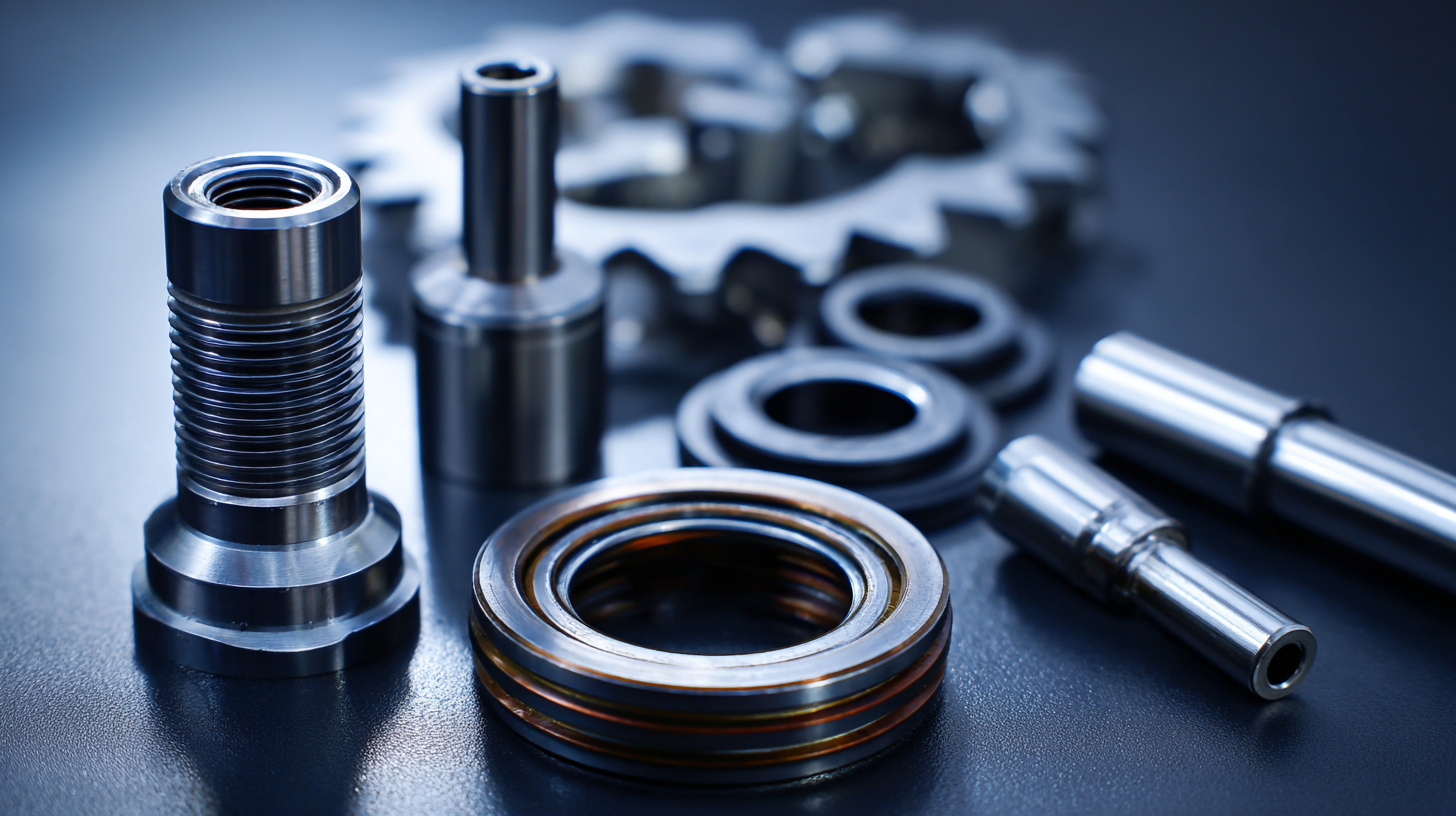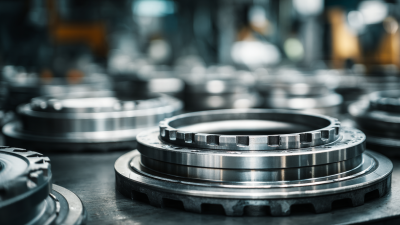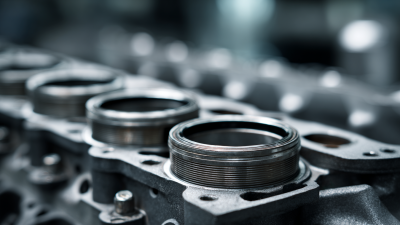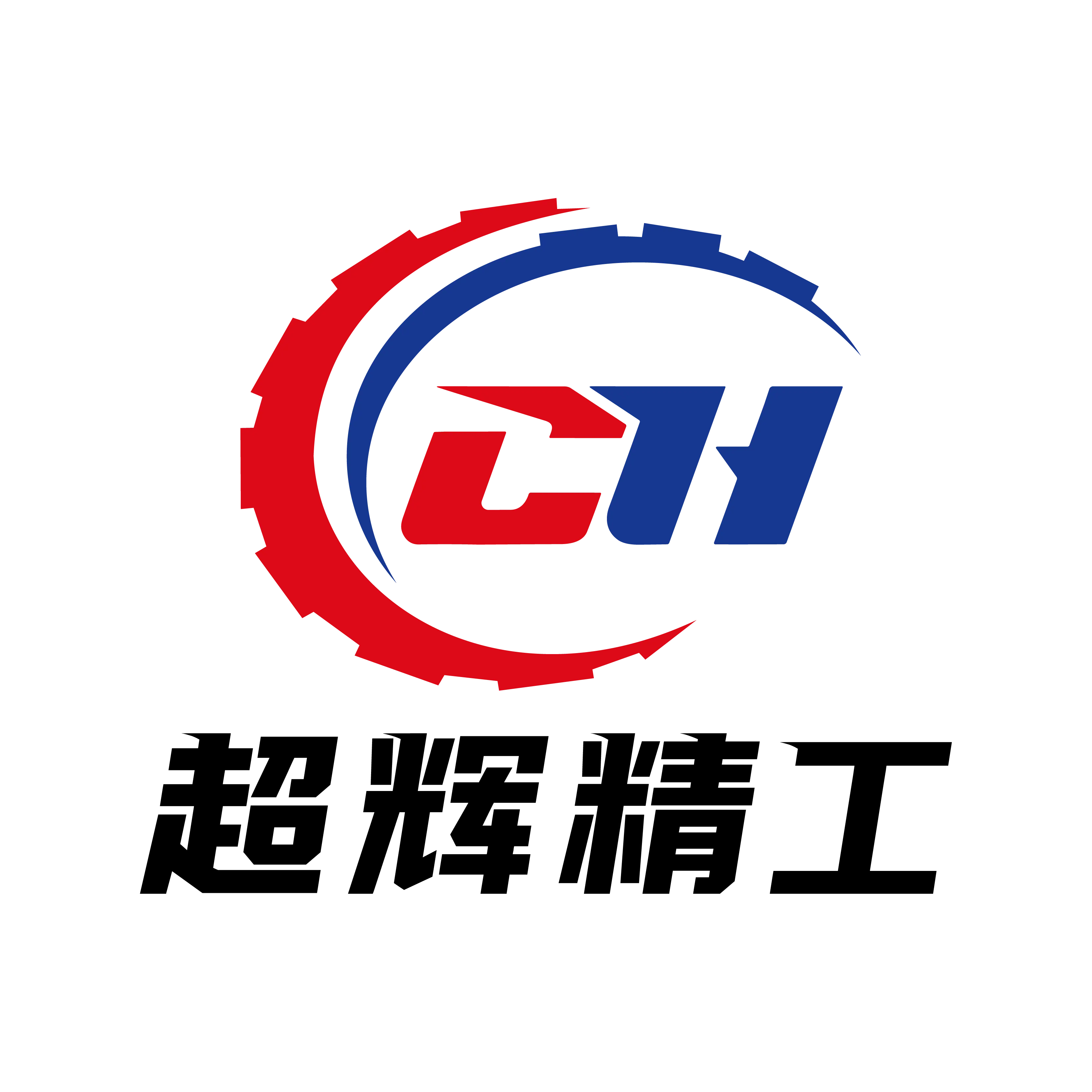As the automotive industry continues to evolve, the demand for Automotive Gaskets is projected to grow significantly, with market analytics indicating an increase in value from approximately $5.2 billion in 2020 to an anticipated $7.4 billion by 2025. The 138th China Import and Export Fair in 2025 serves as a pivotal platform to explore these growth trends, reflecting not only the rising production rates of vehicles but also the technological advancements in gasket manufacturing. Industry reports forecast a compounded annual growth rate (CAGR) of around 6.5% for automotive gaskets through 2025, driven by innovations in materials and design efficiencies aimed at improving vehicle performance and sustainability. This burgeoning sector highlights the critical role of Automotive Gaskets in enhancing engine reliability and reducing emissions, thus aligning with global automotive standards and consumer expectations for higher quality and more environmentally friendly vehicles.

The automotive gasket market in 2025 is poised for significant growth, driven by a combination of rising vehicle production, advancements in technology, and increased consumer awareness regarding vehicle maintenance. As the global automotive industry continues to evolve, the demand for high-quality gaskets, which are essential for ensuring sealing integrity and reducing emissions, is becoming more prominent. This trend is further enhanced by the growing emphasis on sustainable practices, prompting manufacturers to innovate with environmentally friendly materials.
Tips for Choosing the Right Gaskets:
1. Material Selection: Always consider the material compatibility with the fluids and gases they will encounter. Using the right material can significantly extend the lifespan of the gaskets.
2. Precision Engineering: Opt for gaskets that are manufactured with precision to ensure a tight seal, which is crucial in preventing leaks and enhancing overall system efficiency.
In the backdrop of the upcoming 138th China Import and Export Fair, stakeholders will have an opportunity to assess the latest innovations in gasket technology. This fair will showcase emerging trends and facilitate valuable networking among industry leaders, providing insights into how manufacturers can better meet the evolving demands of the automotive sector.
The automotive gasket technology landscape is set for significant growth, underscored by innovations that enhance efficiency and durability. In 2023, the global chloroprene rubber market was valued at approximately $1.1275 billion, with projections indicating that it will expand to around $1.1805 billion by 2024, eventually reaching $1.6793 billion by 2031. This upward trend, illustrating a compound annual growth rate (CAGR) of 5.16%, highlights the critical role of materials in automotive gasket applications as manufacturers prioritize reductions in emissions and improvements in energy efficiency.
Moreover, the evolution of power device packaging technologies significantly influences automotive gasket innovations. Thermal management has become crucial for devices such as MOSFETs and IGBTs, enhancing performance and lifespan while preventing overheating. As the automotive industry increasingly adopts advanced electronic components, innovative gasket solutions become essential for ensuring the reliability of these systems. The integrative approach towards designing gaskets that can handle the thermal demands of modern automobiles points towards a promising horizon in automotive gasket technology, driving both performance and market growth.
This chart illustrates the growth trends in the automotive gasket market based on projected data for 2025, focusing on key innovations driving the sector.
The global supply chains have significantly influenced automotive gasket production, particularly in the context of trade events such as the 138th China Import and Export Fair in 2025. The complexities involved in sourcing raw materials across various geographical locations can lead to both opportunities and challenges for manufacturers in this sector. As the demand for automotive components continues to rise, understanding the intricacies of global logistics and the impact of geopolitical factors becomes essential for firms aiming to optimize their production processes.

In recent years, disruptions caused by trade tensions, natural disasters, and health crises have underscored the fragility of supply chains. These factors have pushed automotive gasket producers to delve deeper into risk management strategies, such as diversifying supplier bases and investing in local sourcing initiatives. As the industry navigates these challenges, participating in significant trade fairs can help stakeholders connect with potential suppliers and customers, fostering new partnerships that could strengthen the resilience of their operations. The trends observed at such events will likely shape the future direction of automotive gasket production, encouraging innovation in materials and manufacturing processes.
The growing automotive gaskets market is closely tied to emerging consumer preferences and innovation in materials, particularly in the context of eco-friendly products. According to Stratview Research, the automotive gaskets market is projected to reach a valuation of US$3.0 billion by 2031, driven by increasing demand for effective sealing solutions in vehicles. As electric vehicles (EVs) gain popularity, consumers are showing a preference for gaskets made from sustainable materials, such as synthetic and reclaimed rubber. The shift towards eco-efficient solutions can be seen in the burgeoning demand for reclaimed rubber, which is anticipated to hit a valuation of USD 1,493.82 million by 2033, leveraging advanced technologies like microwave devulcanization.
Tips: For companies in the automotive sector, it's crucial to focus on innovation in materials to align with consumer preferences for sustainability. Engaging in R&D of eco-friendly gaskets can not only enhance product offerings but also position brands favorably in a competitive market. Additionally, understanding demographic shifts, particularly among younger consumers who prioritize sustainability, can drive strategic sourcing and marketing decisions.
Furthermore, the application of synthetic polyisoprene rubber is gaining traction, with projections indicating a market worth of USD 7.75 billion by 2034 at a CAGR of 9.05%. This insight underpins the necessity for manufacturers to adapt to evolving consumer demands while enhancing the performance of automotive gaskets, meeting both durability and environmental standards. Keeping these trends in mind can help businesses strategize more effectively in a rapidly changing landscape.
 The 138th China Import and Export Fair offers a unique platform for industry professionals to explore the latest trends in automotive gaskets. As manufacturers showcase their innovations, attendees can also seize the opportunity to network with experts and peers from around the globe. This fair is not just about seeing new products; it’s about forging connections that can lead to collaborations and growth in the automotive sector.
The 138th China Import and Export Fair offers a unique platform for industry professionals to explore the latest trends in automotive gaskets. As manufacturers showcase their innovations, attendees can also seize the opportunity to network with experts and peers from around the globe. This fair is not just about seeing new products; it’s about forging connections that can lead to collaborations and growth in the automotive sector.
Networking at the fair is essential for gaining insights into market dynamics and consumer needs. Attendees should prepare ahead of time by researching key exhibitors and planning their schedules around workshops and discussions that align with their interests. Engaging in conversations with industry leaders can provide invaluable knowledge and potentially lead to strategic partnerships.
Tips for effective networking include actively participating in social events during the fair, utilizing LinkedIn to connect with attendees beforehand, and presenting a clear value proposition about your business. Remember to follow up after the fair to maintain these newly established relationships and keep the conversation going. Networking is not just about exchanging business cards—it's about building long-lasting relationships that can drive future success.






